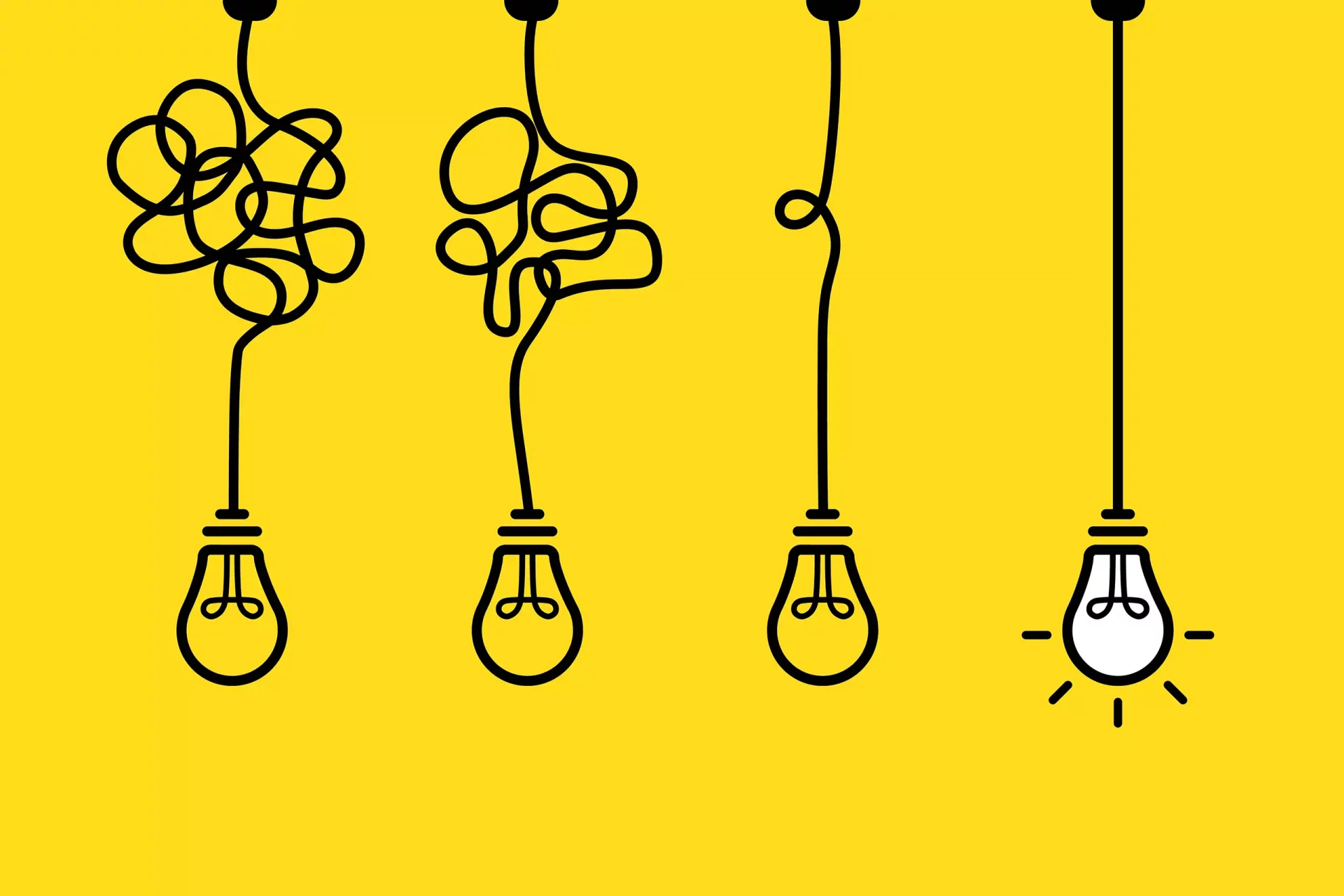Introduction to Sconces
The term ‘sconce’ refers to a type of light fixture that is attached to a wall and commonly features a holder for a candle or an electric light. Historically, sconces were essential for providing ambient lighting, particularly in larger spaces where mounting fixtures on the ceiling was not feasible. Today, sconces not only serve a function but also add aesthetic appeal to various environments.
The Historical Evolution of Sconces
Sconces have a rich history that dates back to the medieval period when they were primarily used to hold candles and torches. These fixtures were often made from materials like wrought iron, brass, and wood, and they were designed to provide light in dark corridors and rooms. As you delve deeper into their origins, the evolution of sconces can be celebrated through multiple eras:
- Medieval Period: Utilitarian bronze and iron sconces.
- Renaissance: Ornately designed sconces with intricate details.
- Baroque and Rococo Eras: Sconces became elaborately decorated with crystals and gold leaf.
- 19th Century: The introduction of gas and electric sconces dramatically changed their design and functionality.
Types of Sconces
There are several types of sconces available today, each serving distinct purposes and catering to different aesthetic styles.
- Wall Sconces: These are fixed to the wall and can be decorative or functional, providing both ambient and task lighting.
- Candle Sconces: Designed for candles, these sconces offer a warm, inviting glow ideal for intimate settings.
- Plug-in Sconces: These sconces can be easily mounted without the need for hardwiring, making them a versatile option for renters.
- Adjustable Sconces: Often featuring movable arms, these sconces allow users to direct light where needed.
Modern Interpretations of Sconces
In contemporary design, sconces have transcended their functional role to become statement pieces in interior decor. From minimalist designs to vintage-inspired aesthetics, the options are vast. Some popular modern styles include:
- Mid-Century Modern: Featuring clean lines and warm wood accents.
- Industrial: Often constructed from metals like steel and featuring a raw, unfinished look.
- Farmhouse Style: Combining rustic elements with warm lighting for a cozy atmosphere.
The Role of Sconces in Interior Design
Sconces play an integral role in lighting design by providing layers of light, which can enhance the mood and functionality of a space. According to a study by the American Society of Interior Designers, approximately 75% of designers believe that lighting is crucial in defining the character of a room.
Moreover, sconces can help:
- Highlight artwork or architectural features.
- Provide subtle lighting in bedrooms and hallways.
- Enhance outdoor spaces when used in patios or gardens.
Case Study: Sconces in Hospitality Design
In the hospitality industry, ambient lighting plays a significant role in creating an inviting atmosphere for guests. For instance, the renowned Hotel XYZ integrated wall sconces throughout its lobby area, utilizing adjustable sconces to project soft lighting over artwork while retaining the historical charm of the property.
The hotel’s designer stated, “The sconces help create a warm, welcoming environment that makes our guests feel at home. They also allow us to showcase local art, enhancing the overall guest experience.” This design choice reportedly led to a 20% increase in guest satisfaction scores.
Statistics and Trends
According to the National Association of Home Builders, wall sconces are among the top three lighting choices for homeowners planning remodels in 2023. Further statistics suggest:
- 58% of homeowners prefer sconces for their versatility in design.
- 48% appreciate the space-saving aspect sconces provide.
- 32% choose sconces specifically for ambient lighting.
Conclusion
The meaning of ‘sconce’ extends far beyond its definition as a mere lighting fixture; it represents a confluence of history, design, and functionality. Whether used to brighten a room or to serve as a decorative piece, sconces are a timeless element that continues to evolve with contemporary styles. As we explore different types and applications, it is clear that sconces will remain significant in our evolving approach to interior design.




